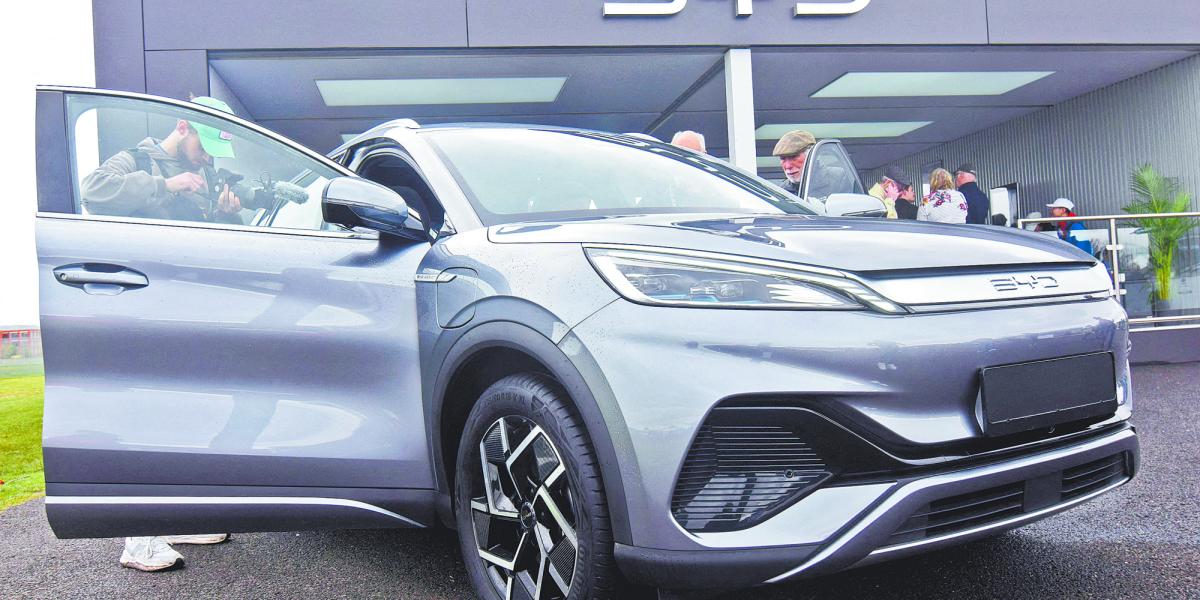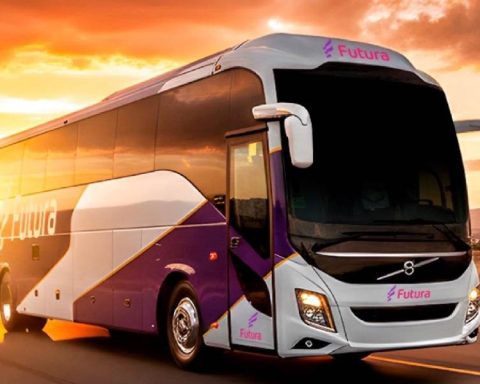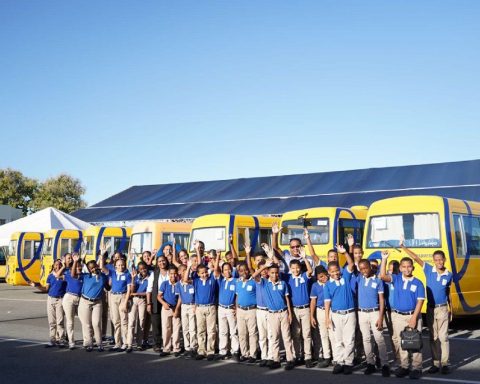For the first time, a group of scientists iNdependent achieved what until now seemed impossible: to completely disassemble and analyze the most advanced batteries of Tesla and Byd, two giants in the electric car market. What they found inside surprised even the experts.
The study was conducted by researchers from the Aquison RWTH UniversityGermany, who set out to reveal the technological secrets behind the performance, efficiency and design of these cells.
Two approaches, two philosophies
The batteries analyzed were the 4680 cylindrical cell of Tesla and the Byd Plana Blade Cell, each with very different characteristics that respond to different market strategies.
- Tesla bets on power and high energy density. Its cell weighs just 355 grams and offers 643.3 wh/l.
ByD prioritizes durability and accessible costs. Its largest and larger cell, reaches 355.3 Wh/Ly weighs 2,700 grams.
These differences reflect different objectives: while Tesla seeks to offer autonomy and performance in high -end vehicles, ByD focuses on democratizing electrical mobility with more efficient solutions in cost and thermal management.
Thermal efficiency, a key point
One of the biggest surprises was the thermal behavior of both batteries. The Byd Blade Cell generated only half of the heat that Tesla’s during fast charging processes. This represents a significant advantage in terms of safety and ease for thermal management within the vehicle.
In addition, the researchers pointed out that Tesla’s battery is not enough to make its maximum potential, which suggests opportunities for improvement in future versions.
Chemical and manufacturing differences
In terms of chemical composition, the batteries also take different paths:
Byd uses Lithium iron phosphate (LFP), a cheaper and durable option.
Tesla opts for a mixture with a high nickel content (NMC811), which offers greater energy density but is more expensive.
In manufacturing, Tesla has an advantage by requiring less production steps. However, both manufacturers implement unique innovations, such as the use of laser welding and similar proportions of passive materials.
Which battery is better?
There is no clear winner. It all depends on the priorities:
Are you looking for power and autonomy? Tesla.
Do you prefer durability and accessible price? Byd
Each battery was designed with a specific segment in mind, and both effectively fulfill their purpose.
Beyond commercial rivalry, what is clear is that there are multiple paths to build the future of electric mobility.
With information from DW















